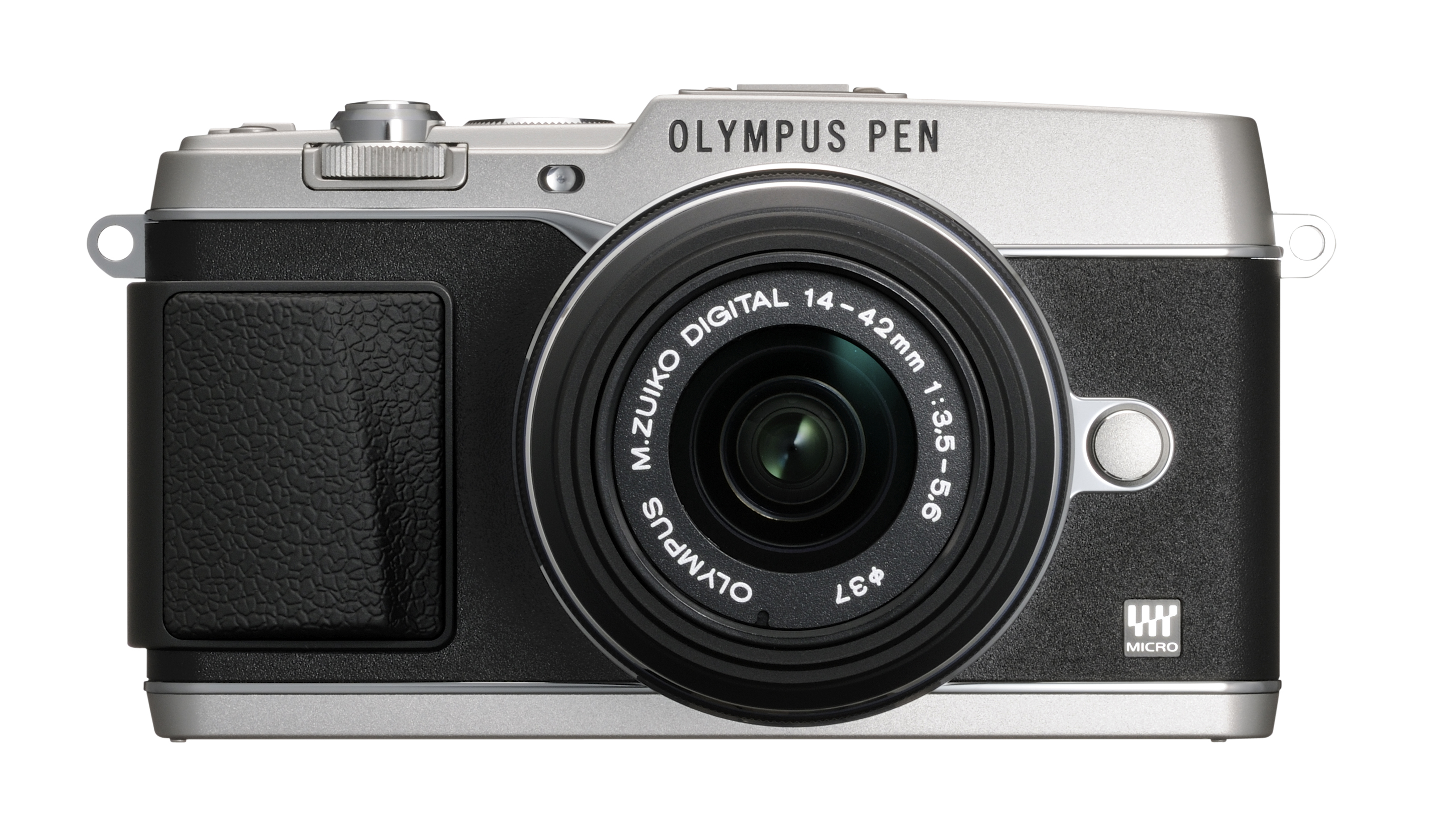Why you can trust TechRadar
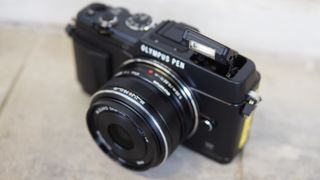
The Olympus PEN E-P3 was an extremely capable camera in its own right, but putting the proven excellent Olympus OM-D sensor inside the new, even-more-retro styled body is very likely to be a winning combination - dare we say it, even better than the OM-D itself.
We've already seen how that incredible sensor can be used to good effect in both the Olympus PEN E-PL5and the Olympus PEN E-PM2, so to see it in the top of the line PEN CSC is very welcome.
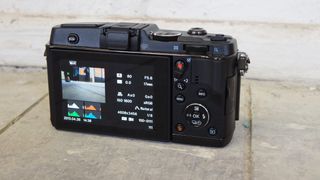
Happily, we've been extremely pleased with what the camera is capable of. Images are very bright and punchy, while that 16.1 million-pixel sensor can resolve a fantastic amount of detail.
Many Micro Four Thirds doubters will call into question the low light performance of a small sensor. While it's true it can't really compete with the likes of full-frame bodies, it's more than a match for the likes of the larger sensored bodies from Sony and Canon, all the while having the advantage of a smaller overall system.
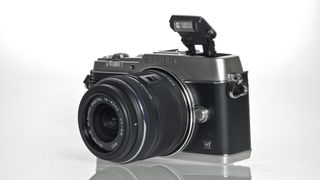
As we've seen on other Olympus cameras, there are plenty of shooting modes to help you get the most from every situation. So, if you're photographing something with particularly vibrant colours, you could use Vivid modes, while Portrait mode could be more suited to producing neutral skin tones.
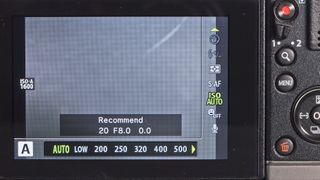
Speed is one of the key boasts Olympus is making about this camera, with plenty of stats being thrown around about its start-up, shot-to-shot, and autofocusing times. We have been very impressed by how this translates in reality. Start up, focus acquisition and firing off the shutter can be achieved in just a couple of seconds from cold, while once the camera is on speed is well, speedy.
The fast processor inside the camera means that even while it is busy applying 12 different art filters while in art bracketing mode, you can still continue to shoot. Autofocusing speeds are equally impressing, being almost instantaneous in good light, and only dropping ever so slightly as the light fades.
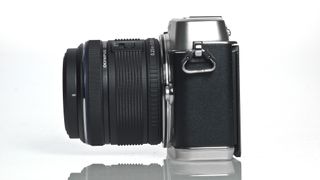
Speaking of low light, image noise is kept impressively low throughout the sensitivity range. At lower ISOs images are very crisp and detail packed, while noise starts to creep in from around ISO 800. It only starts to become particularly noticeable once you get higher up the scale though, towards the 1600 mark, while even images shot at much higher sensitivities, such as ISO 3200, are still very much useable, especially at small printing and web sizes.
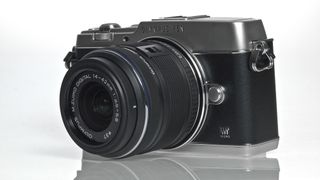
For the majority of shooting conditions, automatic white balance does a good job of reproducing accurate colours, but it does tend to err towards warmer tones under artificial light, in which case you'll want to switch to a more appropriate white balance setting. Similarly, all purpose metering (named ESP metering by Olympus) does a good job in the majority of conditions to produce a balanced exposure. If shooting very high contrast scenes, you may want to switch to spot metering for the best results.
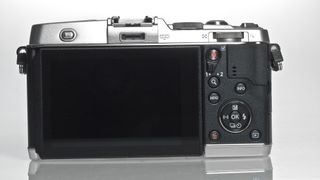
Like the OM-D, the E-P5 has 5-axis image stabilisation. This system offers compensation for five different types of image shake and does an excellent job of reducing image blur when shooting hand held.
One of the distinguishing features of any Olympus camera is its art filters. The E-P5 has the full range available, like the E-PL5 and E-PM2. It's worth experimenting with pretty much all of them, but your favourites will of course be down to personal preference. We're particularly fond of Dramatic Tone, Cross Process and Toy Camera.
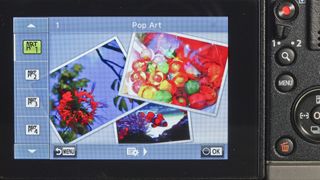
Luckily, unlike Panasonic cameras, you can keep control over settings such as aperture and shutter speed while using art filters on the E-P5, and even more luckily, unlike a lot of other cameras, you can shoot filters in raw format – so if you decide down the line you'd prefer a clean version of the shot, you can access that,
The E-P5's high resolution screen doesn't suffer too badly from glare or reflection, apart from perhaps in very bright direct sunlight. Of course the benefit of a tilting screen is that you can usually angle the screen away from any offending glare if it's proving too problematic.
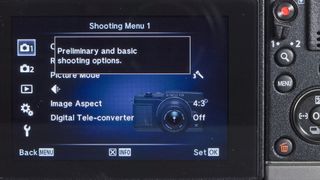
Current page: Performance
Prev Page Build quality and handling Next Page Image quality and resolutionAmy has been writing about cameras, photography and associated tech since 2009. Amy was once part of the photography testing team for Future Publishing working across TechRadar, Digital Camera, PhotoPlus, N Photo and Photography Week. For her photography, she has won awards and has been exhibited. She often partakes in unusual projects - including one intense year where she used a different camera every single day. Amy is currently the Features Editor at Amateur Photographer magazine, and in her increasingly little spare time works across a number of high-profile publications including Wired, Stuff, Digital Camera World, Expert Reviews, and just a little off-tangent, PetsRadar.
